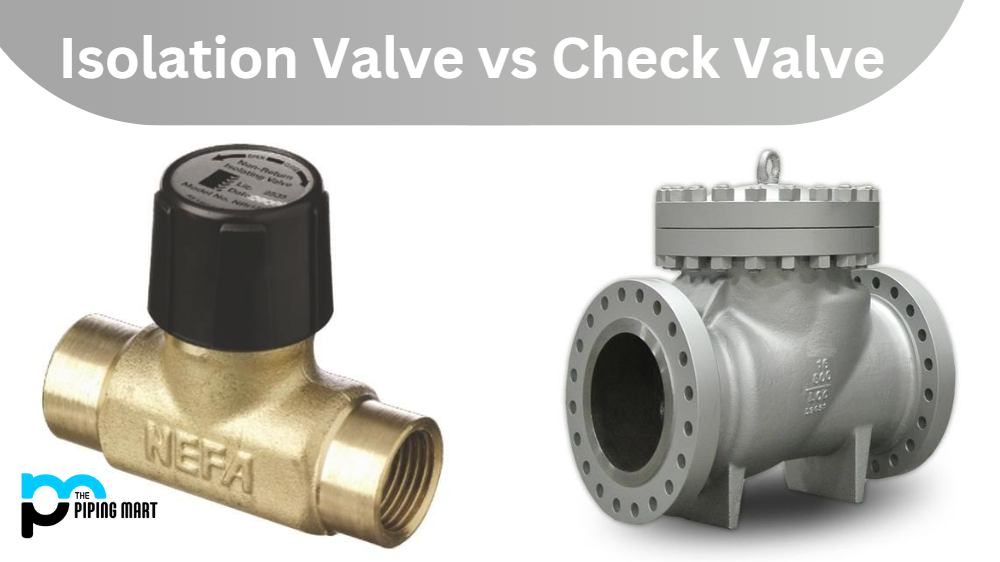When choosing between pipe and tube, the options can be overwhelming. The two terms are often used interchangeably but are different. Pipes and tubes are used in various applications, including plumbing, HVAC systems, and manufacturing. Understanding the differences between them can be crucial for making the right decision. This article will examine the critical differences between pipes and tubes to help you make an informed choice.
Difference Between Pipe and Tube
Shape and Size
The first and most apparent difference between pipes and tubes is their shape. Pipes are cylindrical, while tubes can be round, square, or rectangular. This is because pipes are designed for fluid transfer and to withstand high pressure, while tubes are used for structural purposes and are made to support weight. Pipes come in standard sizes, while tubes are available in different sizes and thicknesses.
Manufacturing Processes
The manufacturing processes for pipes and tubes are also different. Pipes are made by casting and rolling, while lines are drawn or extruded from a billet. Pipes are made from a single piece of metal, while cables can be made from multiple pieces that are welded or soldered together. The manufacturing process for lines makes them more uniform and consistent in size, while bars can have slight variations in thickness or shape.
Applications
Pipes and tubes have different applications. Lines are commonly used in plumbing, gas and oil industries, fire protection, and HVAC systems. They are designed to transport fluids and gases under high pressure and in extreme temperatures. Conversely, tubes are used in structural applications, such as building frames, automotive frames, and scaffolding. They are also used to manufacture furniture, bicycles, and medical equipment.
Cost
The cost of pipes and tubes can vary depending on the material, size, and application. Pipes are generally less expensive than tubes because of their manufacturing process and the fact that they are made from a single piece of metal. Lines require more labour and materials to produce, which makes them more costly. However, the cost can even out depending on the specific application. For example, if you need a custom size or shape, the price of a pipe could be higher than that of a tube.
Material
Both pipes and tubes can be made from various materials, such as steel, aluminium, copper, and plastic. The material will depend on the application and the required properties, such as strength, durability, and corrosion resistance. Pipes are commonly made from carbon steel, stainless steel, or PVC, while tubes can be made from aluminium, titanium, or brass. The material chosen can also impact the cost and manufacturing process.
Conclusion
In conclusion, the differences between pipes and tubes go beyond their shape. Understanding their manufacturing, application, cost, and material differences can help you decide when to select the suitable component for your project. Pipes are designed for fluid transfer and high-pressure applications, while tubes are used for structural support and weight-bearing. Knowing which one to use can make all the difference in the success of your project.
Sakshee is a talented blogger, with a particular focus on the Business and Metal Industry. She is passionate about sharing her insights on various metal products and helping professionals to make a better decisions.




